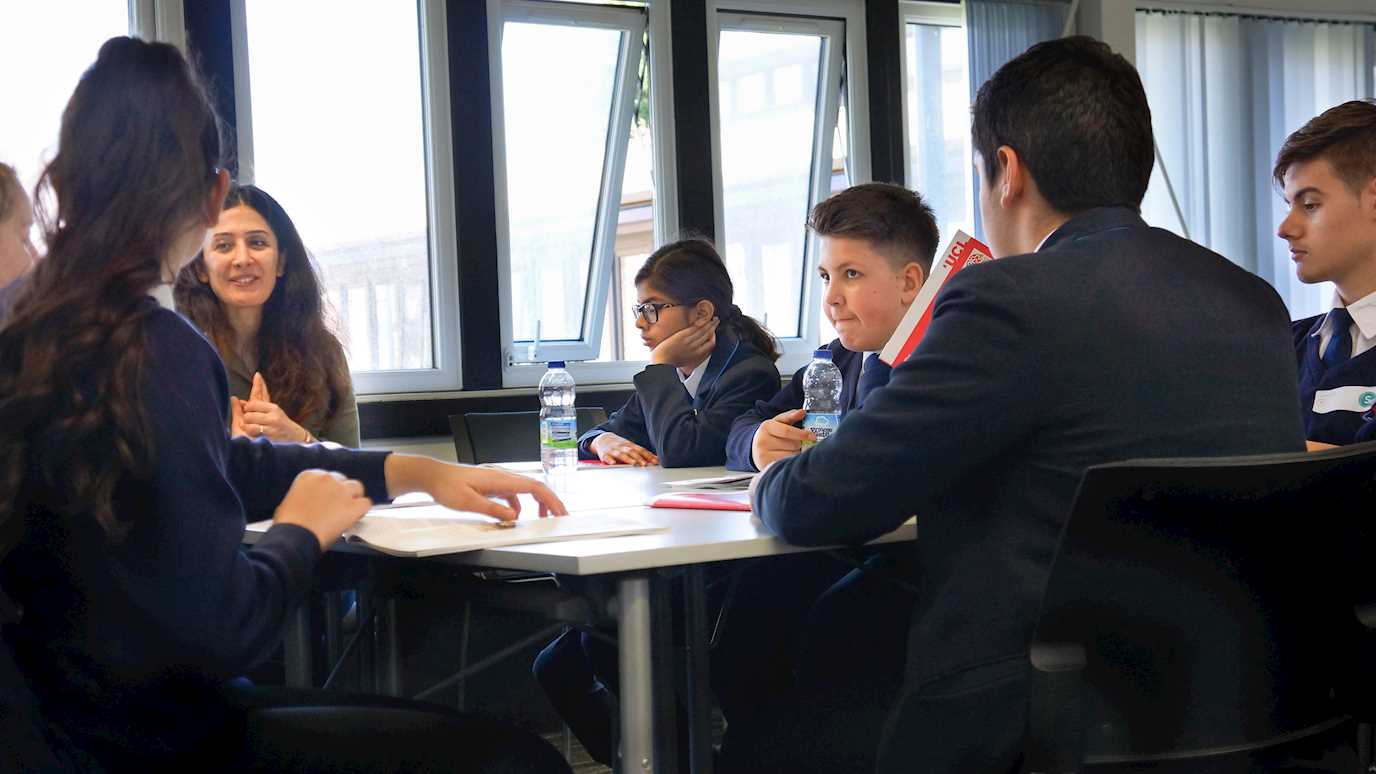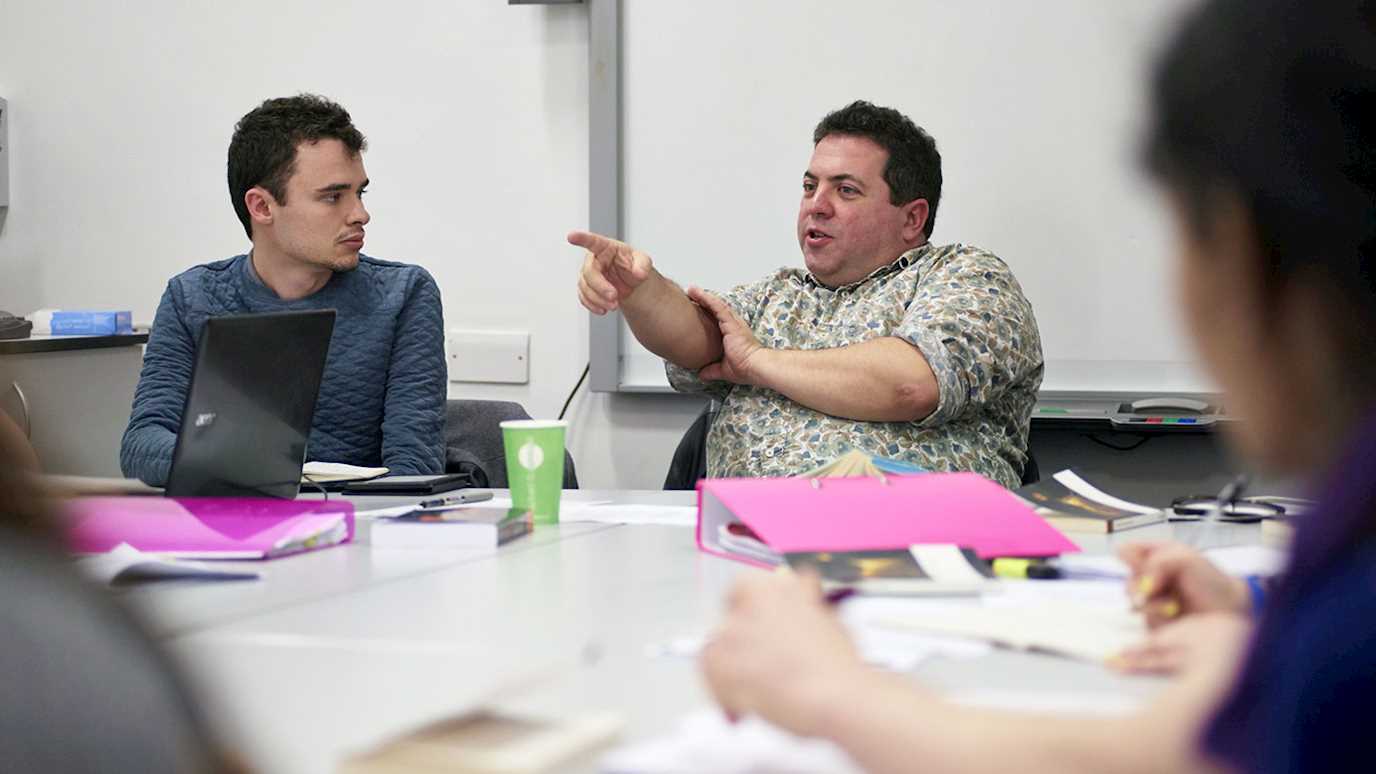Dr Sophie Gilmartin on Jane Eyre. Dr Gilmartin is an expert on 19th C literature and culture. She teaches on a range of 19th C topics including the Brontës, Jane Austen and Thomas Hardy on our MA on Victorian Art and Culture.
Key points
Social Mobility and genre
- Social mobility was common in the Victorian period.
- Marriage was the main way for women to achieve upwards social mobility.
- Jane Eyre rises from the status of poor orphan to wife of a gentleman.
- However, Jane Eyre is not a conventional Victorian courtship narrative.
- It is, rather, a Bildungsroman – a novel of education.
- Her real advancement comes from the maturity she achieves by means of her intelligence and hard work.
Fire and Ice
- Images of fire and ice run through the novel, tracing the development of the theme of passion vs. control.
- In key passages (e.g. the red room; the reference to Guy Fawkes) Jane is identified with fiery passion.
- Her passion is contrasted with, on the one hand, St John River’s icy and repressive conventionality and, on the other, the self-destructive fire of Bertha Mason.
- Jane has to find a way of feeding her inner flame without burning herself.
- In the end, she and Rochester are both tempered by the flames of Bertha’s fire and can tend to each other’s wounds.
Quotations
- 'Abbot, I think gave me credit for being a sort of infantine Guy Fawkes'
Jane Eyre, p. 12. - 'Here, leaning over the banister, I cried out suddenly, and without at all deliberating on my own words -
- "They are not fit to associate with me."'
Jane Eyre, p. 14. - 'I tired of the routine of eight years in one afternoon. I desired liberty; for liberty I gasped; for liberty I uttered a prayer ... "grant me at least a new servitude!''
Jane Eyre, p. 53. - ‘'"A young lady accustomed to tuition" (had I not been a teacher two years?) "is desires of meeting with a situation in a private family where the children are under fourteen ...'
Jane Eyre, p. 54. - 'but as his wife - at his side always, and always restrained, and always checked - forced to keep the fire of my nature continually low, to compel it to burn inwardly and never utter a cry, though the imprisoned flame consumed vital after vital - this would be unendurable'
Jane Eyre, p. 262.
Further reading
- Bock, Carol A. Charlotte Brontë and the Storyteller’s Audience. Iowa City: University of Iowa Press, 1992.
Dismisses the view of Brontë as confessional writer (includes a detailed appendix chronicling such sources); instead portrays her as storyteller. Focuses on techniques that perpetually force the audience to recognize the novel as a narrative, such as addressing the reader, frame tales, and extratextual tableaus.
- Godfrey, Esther. ‘Jane Eyre, from Governess to Girl Bride.’ Studies in English Literature, 1500–1900 45.4 (2005): 853–871.
Examines how discourses of femininity and subversion are intricately tied to class in Jane Eyre, noting that only the upper and middle class can use/manipulate gender roles.
- Griesinger, Emily. ‘Charlotte Bronte’s Religion: Faith, Feminism, and Jane Eyre.’ Christianity and Literature 58.1 (2008): 29–59.
Discusses the ways in which Christianity—and Brontë’s relationship with it—inflects the feminist elements of the novel, detailing the emergence of evangelicalism, Brontë’s personal relationship to religion, and the connection between Brontë’s spirituality and Jane’s spiritual Bildungsroman.
- Kucich, John. “Passionate Reserve and Reserved Passion in the Works of Charlotte Brontë.”ELH 52.4 (1985): 913–937.
Key essay arguing Freudian psychology (viewing ‘refusal of self-expression’ negatively) does not apply to Brontë’s oeuvre (p. 913). Rather, passion and reserve are ‘parallel’ and at times ‘interchangeable’ in Brontë’s works, revealing the instability of the opposition itself (p. 913). Uses Foucault to argue that reserve enables characters to fracture systems of power.
- Leggatt, Judith, and Christopher Parkes. ‘From the Red Room to Rochester’s Haircut: Mind Control in Jane Eyre.’ English Studies in Canada 32.4 (2006): 169–188.
Contends that a variety of masculine forces seek to control Jane (Brocklehurst, Rochester, St. John), suggesting that Jane responds to such forces by turning to images of freedom to ‘escape feeling enclosed or commodified’ as she seeks a ‘balance’ between society and freedom (p. 169).
- Stoneman, Patsy. Brontë Transformations: The Cultural Dissemination of Jane Eyre and Wuthering Heights. New York: Prentice Hall, 1996.
An important book tracing the afterlives of the two texts and the variety of forms they take with large sections devoted to Jane Eyre. Begins by examining plays produced in the 19th century and divides chapters based on time period, following the trajectory of Jane Eyre in public and cultural discourses with particular attention paid to class, race, and gender.
- Wylie, Judith. ‘Incarnate Crimes: Masculine Gendering and the Double in Jane Eyre.’ Victorians Institute Journal 27 (1999): 55–69.
Rather than reading Bertha as Jane’s double, Wylie contends that she figures as Rochester’s double and can be ‘linked to masculine repression’ (p. 56).
Web links
- The Victorian Web has a comprehensive site devoted to Jane Eyre including a range of contextual materials and questions to lead discussion. It features many articles situating Brontë historically, ranging from responses to Brontë’s novels in contemporary periodicals to Victorian religious ideology in her fiction, contributed by academics internationally. Convenient sections (‘Biography’, ‘Gender Matters’, ‘Visual Arts’, etc.) make this reputable site readily navigable.
- The British Library has some good resources on the Brontës, including a discussion of the early writings of the Brontës and of fantasy in Jane Eyre:
bl.uk/romantics-and-victorians/videos/brontes-early-writings
and of exoticism in C19th literature:
bl.uk/romantics-and-victorians/articles/exoticism-in-19th-century-literature
- In Our Time BBC Radio 4 podcast on Jane Eyre:
- The OUP Writers Inspire project includes a range of resources on Charlotte Brontë:
























